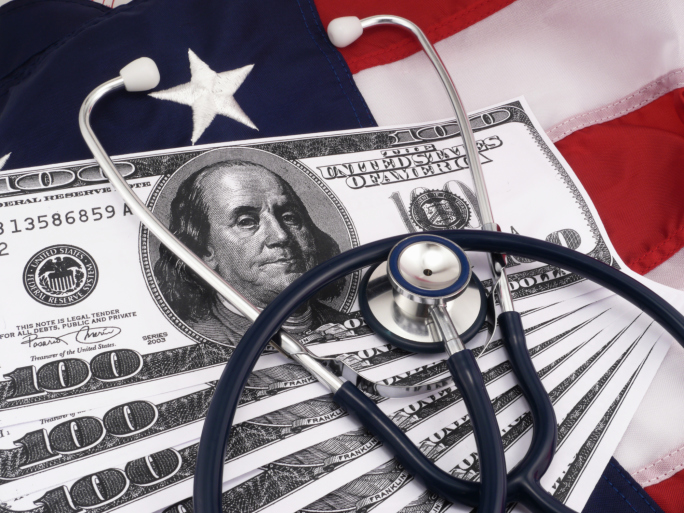The US economy returned to growth in the second quarter, according to what the latest Commerce Department data showed Thursday in Washington.
The American economy rebounded in Q2 2015, with GDP up 2.3% on an annualized basis.
The report also revealed that the US economy did not actually contract in the first quarter, but grew 0.2%.
Economic expansion was primarily fueled by a boost in consumer spending and lower fuel prices. Real personal consumption climbed up more than forecast, at 2.9%, compared to estimates for 2.7%.
Core personal consumption expenditures (PCE) increased 1.8%, compared to 1.6% expected quarter-on-quarter.
Chris Williamson, chief economist at research firm Markit, commented on the results, highlighting how it represents good things to come for the country’s economy.
“Updated GDP numbers deliver a double-punch to US economy doom-mongers, painting a reassuringly bright picture of the health of the US economy so far this year and raising the odds of the Fed hiking interest rates in September,” Williamson said.
In a note to clients, BNP Paribas economists wrote: “Today’s GDP report, including its revisions, will give the *FOMC more confidence that the soft patch in Q1 was less significant than previously thought. The story on the economy remains consistent: strong consumption, weak investment. We are looking for this trend to continue in the second half of the year, where we anticipate growth accelerating above 3.0%.”
* The FOMC (Federal Open Market Committee) is the 12-member Fed committee that sets US monetary policy.
Is this the green light for the Fed to go through with hiking rates?
All in all the results point to impressive growth, more consumer spending, which are two factors that the Fed is closely watching.
However, it should be noted that despite core inflation being around the 2 percent target, global commodity prices may very well drop even more, which would impact domestic price expectations and consequently lower the core rate.
The Fed may very well decide to wait a while and see what happens to inflation before making a decision.

